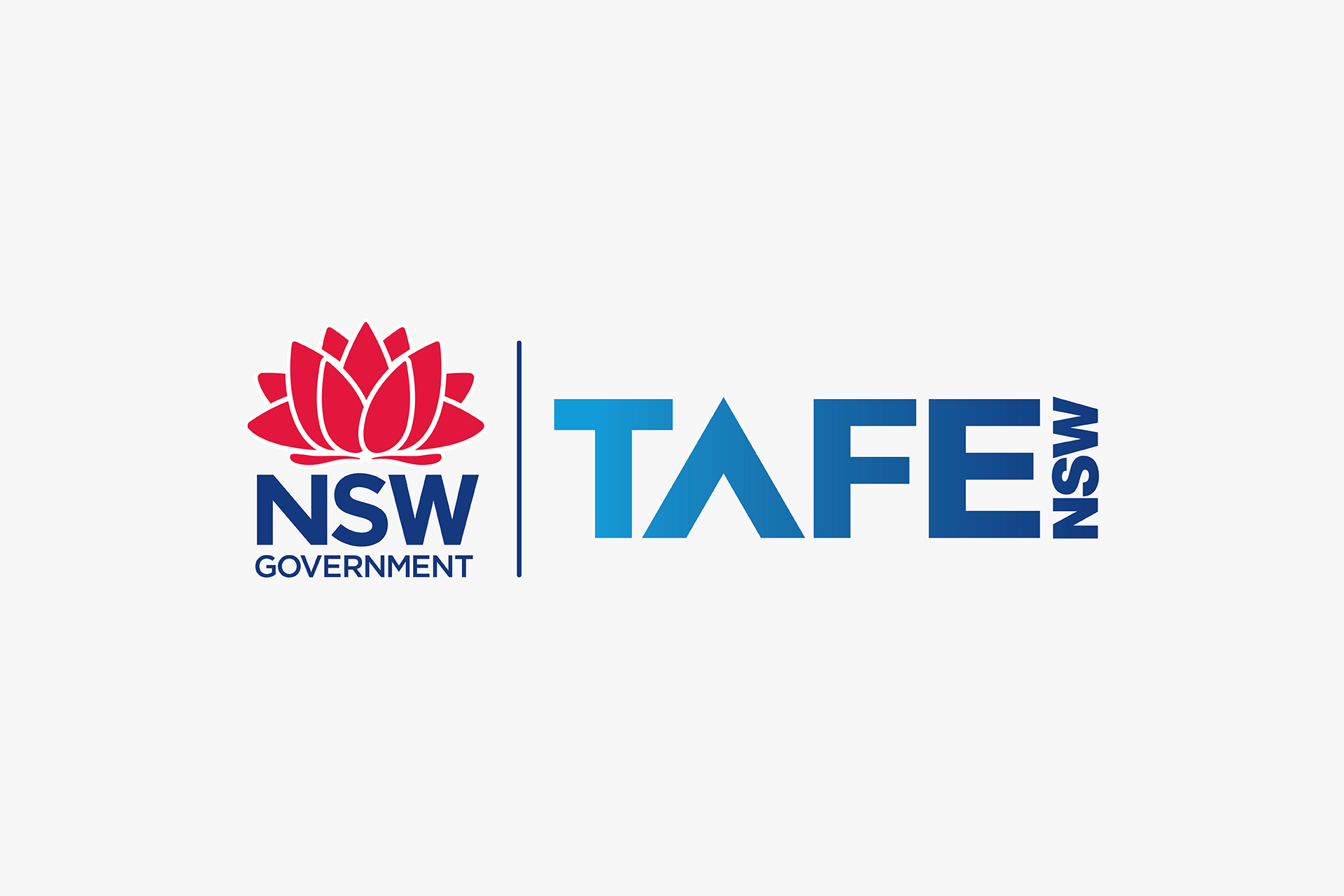Journal
New work
From audit to action
Elevating TAFE NSW's digital enrolment experience

TAFE NSW is a leading provider of vocational education and training in Australia with more than 430,000 students enrolling to study each year.
Having launched a new website in late 2022 and understanding the importance of continuous improvement, TAFE NSW set out to establish meaningful reporting benchmarks, run evaluative testing with current and prospective students, and establish a backlog and program of continuous improvement for the website user experience and outcomes.
TAFE NSW engaged Folk to design an approach with the ultimate goals of:
-
Providing a comprehensive audit of the current performance of the website,
-
developing an impact led backlog of recommendations for future enhancements, and
-
establishing an outcome-based framework for measures of success that could be used for developing future reports and tracking continuous improvement.

What we did
In collaboration with TAFE NSW, Folk undertook a series of activities across 3 distinct research streams (data analytics, UX, content) across a series of fortnightly sprints, with the goal of using each stream to validate ongoing findings and providing a comprehensive account of the current overall experience of the website.
Some of the key activities undertaken were:
-
A comprehensive data analytics report including insights gained from Google Search Console data,
-
Heuristics review of the website including facilitation of a workshop to determine key usability indicators across (including but not limited to) navigation and information architecture (IA), forms and data entry, page layout and visual design, and search,
-
Implementation of a Systems Usability Scale in order to quantify usability and allow for ongoing reporting, and
-
Unpacking results of a recent internal survey around common threads of incoming inquiries.
Additionally we ran a series of workshops with internal stakeholders, high school leaves, recently enrolled and current students in order to understand (in summary):
-
What’s been working well since the launch of the new website,
-
Current performance issues and pain points across the learner journey,
-
What types of data and reporting platforms are available across the learner journey, and
-
Whether all information needs were met, and if we could identify any gaps in information.

Project outcomes
Reports for the 3 streams of work were provided as well as an additional consolidated report that highlighted areas where recommendations were validated by multiple streams of work - These recommendations captured the main ‘barriers’ for enrolling, and any iterative improvements would effectively positively impact the number of users enrolling.
The main ‘barriers’ to enrolment (primary focus areas for optimisation) were found to be:
-
Navigation and course groupings: Ensuring non-course content doesn’t get in the way, and highlighting the importance of developing an understanding of the different mental models learners have when seeking out courses via course categories.
-
Internal search functionality: Particularly around potential feature/platform upgrades, and establishing reporting mechanisms around trends in use and capturing ’0 result’ searches.
-
Promoting and improving engaging features: Identifying pages and tools with high levels of engagement but low levels of incoming users, and improving the functionality of various pages and tools in line with what was heard from learners during interviews and testing.
-
Addressing prospective learner information needs: Understanding and providing better supporting information around delivery modes, course units and potential campus/location nuances, and putting reporting mechanisms in place around better understanding the intent of enquiries and at what point during the learner journey they are initiated.
Throughout the project we continually refined a backlog of recommendations and in a prioritisation workshop held with TAFE NSW we further refined these recommendations in terms of impact (priority 1 through 5), lowest hanging fruit (quick wins), and identified any duplicates that were being covered off by parallel streams of work.

Implementation of a Measures of Success framework
In order to track the impact various changes have on the main website and other TAFE NSW services and platforms, we worked with TAFE NSW to establish a framework for measuring success. Using the initial data analytics report provided by Folk as a benchmark (or snapshot in time) the intended use of the framework is to routinely audit, implement and review.
We facilitated a workshop where we created the framework collaboratively with key TAFE NSW stakeholders. The framework ultimately works as such:
-
Vision statement: An aspirational vision statement was created for the next 2-3 years of website iterations.
-
Goals: Primary goals (2) and hypotheses (by doing X, we can Y) were set in order to pursue the vision.
-
Outcomes: We then established our outcomes (7) - These are the measurable customer behaviours required in order to achieve our goals (e.g. user arrives on the website and successfully navigates to a course area, then through to a course page).
-
Product areas: We then listed the contributing pages, tools and platforms involved in supporting a particular outcome.
-
Measures of success: Finally we worked out the actual metrics (and reporting platforms) we needed to observe (usually % increase in X, or % decrease in Y) in order to achieve our outcomes, and hence realise goals and ultimately the vision.

We also provided documentation around the intended use of the measures, suggested reporting timeframes and highlighted the level of complexity (or ease) involved in currently extracting various supporting metrics.
The success framework allows us to anchor around a common goal that ensures we prioritise what benefits our students and organisation goals.
Director of Design, TAFE NSW
Final thoughts
In today's rapidly evolving digital landscape, the essence of excellence is not just in achieving a robust platform but in fostering a culture of continuous improvement. TAFE NSW, with its forward-thinking vision, had already realised the significance of this ethos. Through our extensive research and collaboration, TAFE NSW and Folk worked diligently to provide recommendations that elevate the enrolment journey, ensuring it's both intuitive and responsive to the diverse needs of prospective students. Using a holistic approach, from data analytics to user-centred design thinking and content analysis, pinpointed pivotal areas of enhancement, streamlining the path for learners from discovery to enrolment.